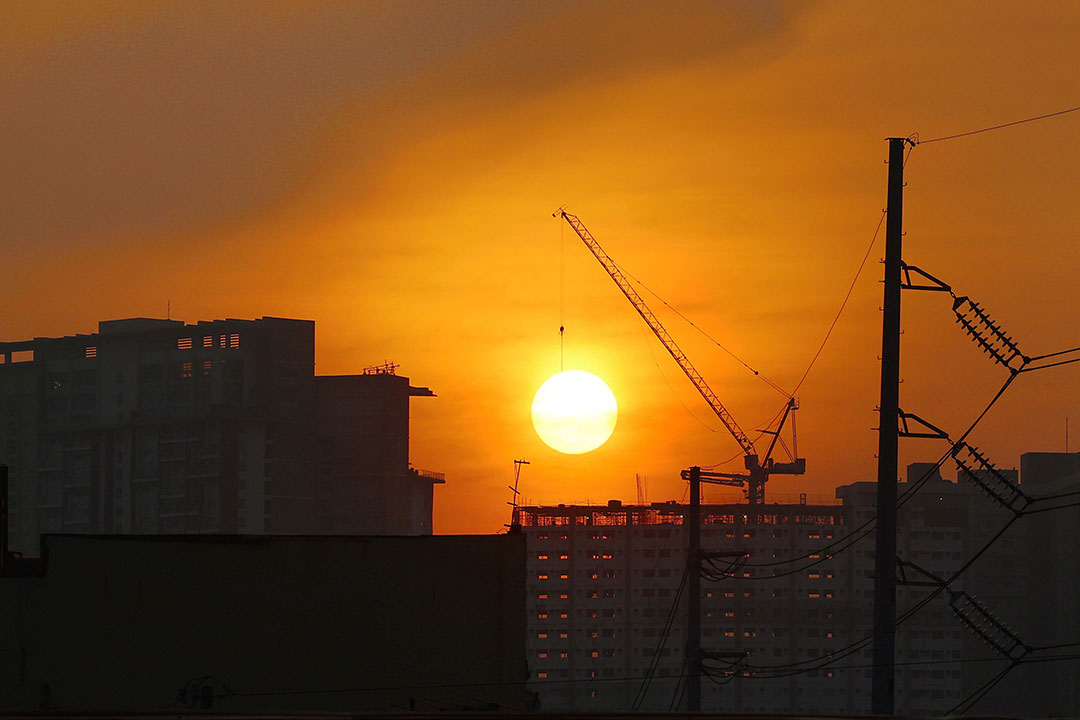




Policy Rate Updates: Double cut finale
 DOWNLOAD
DOWNLOAD

Monthly Economic Update: One for the road
 DOWNLOAD
DOWNLOAD

Inflation Update: Still low, still slow
 DOWNLOAD
DOWNLOAD


ADB sees PHL posting fastest expansion in Southeast Asia this year, 2024

The Philippine economy is still expected to post the fastest growth in Southeast Asia this year and in 2024, according to the Asian Development Bank (ADB).
In its Asian Development Outlook (ADO) released on Wednesday, the multilateral lender said it kept the 6% gross domestic product (GDP) growth projection for the Philippines for 2023, and 6.2% for 2024.
This is the fastest growth forecast among Southeast Asian economies this year, followed by Vietnam (5.8%), Indonesia (4.8%), Malaysia (4.7%), Thailand (3.5%) and Singapore (1.5%).
In developing Asia, the Philippines’ growth outlook was the second fastest for 2023, after India’s 6.4%.
The ADB’s 2023 forecast for the Philippines is at the low end of the government’s 6-7% full-year target.
For 2024, the ADB expects the Philippines and Vietnam to expand by 6.2% — the fastest in Southeast Asia. However, this is below than the Philippine government’s 6.5-8% goal for next year.
The ADB said it maintained the growth projections for the Philippines as robust investment and private consumption fueled the 6.4% GDP expansion in the first quarter.
However, the first-quarter GDP print was weaker than the revised 7.1% growth in the previous quarter and 8% in the first quarter of 2022. It was also the slowest economic expansion in two years.
The ADB also noted that improving employment, rising production and retail sales, as well as “brisk” private and public construction supported the Philippines’ growth outlook.
“Tourism bounced back, and growth remained strong for business process outsourcing and information services,” it added.
The ADB kept its inflation forecast for the Philippines at 6.2% this year and 4% in 2024, the highest in Southeast Asia. These projections are above the Bangko Sentral ng Pilipinas’ 5.4% average inflation forecast for 2023 and 2.9% in 2024.
DEVELOPING ASIA
Meanwhile, the ADB kept its 2023 growth forecast for developing Asia at 4.8% but trimmed its estimate for next year to 4.7% from the 4.8% projection given in April.
“Asia and the Pacific continue to recover from the pandemic at a steady pace. Domestic demand and services activity are driving growth, while many economies are also benefiting from a strong recovery in tourism. However, industrial activity and exports remain weak, and the outlook for global growth and demand next year has worsened,” ADB Chief Economist Albert Park said in a statement.
The ADB noted that interest rates in the United States and other advanced economies are “likely to shape regional growth.”
“If inflation is tamed more quickly than currently expected in the advanced economies, the authorities there will likely adopt a more dovish monetary policy, which would support growth in the region,” it said.
On the other hand, the regional growth outlook may face challenges arising from elevated financial stability risks, uncertainty over Russia’s invasion of Ukraine, and the El Niño weather pattern.
“Any escalation (in Ukraine) could renew energy and food security challenges and rekindle inflation,” the ADB added.
For Southeast Asia, the ADB trimmed the 2023 growth forecast to 4.6% from 4.7% in April. It also slightly lowered the 2024 outlook to 4.9%, from 5% in April.
“Weaker global demand for manufactured exports has slowed growth even as domestic demand remained intact. Private consumption continued to be the primary driver of economic growth in the first half of 2023, buoyed by improved labor market conditions and income across Southeast Asia,” it said.
The recovery in the tourism sector and China’s economic rebound would support Southeast Asia’s growth.
The ADB expects inflation in developing Asia to slow to 3.6% this year from its previous forecast of 4.2%, with inflation seen to further decelerate to 3.4% next year.
The multilateral lender also slightly lowered its inflation forecast for Southeast Asia. Inflation is now projected to ease to 4.3% this year from its previous forecast of 4.4%, and to further slow to 3.2% in 2024 from 3.3% previously.
However, the ADB noted that core inflation remained elevated in East and Southeast Asian economies.
“With lower inflation in developing Asia and more moderate monetary tightening in the United States, most central banks in the region have kept policy rates steady this year, with signs emerging of a shift toward easier money,” the ADB said.
The BSP has paused its tightening cycle in June, keeping its policy rate unchanged at 6.25% for two straight meetings. Since May 2023, the BSP raised borrowing costs by 425 bps to tame inflation. — Luisa Maria Jacinta C. Jocson
This article originally appeared on bworldonline.com





 By BusinessWorld
By BusinessWorld